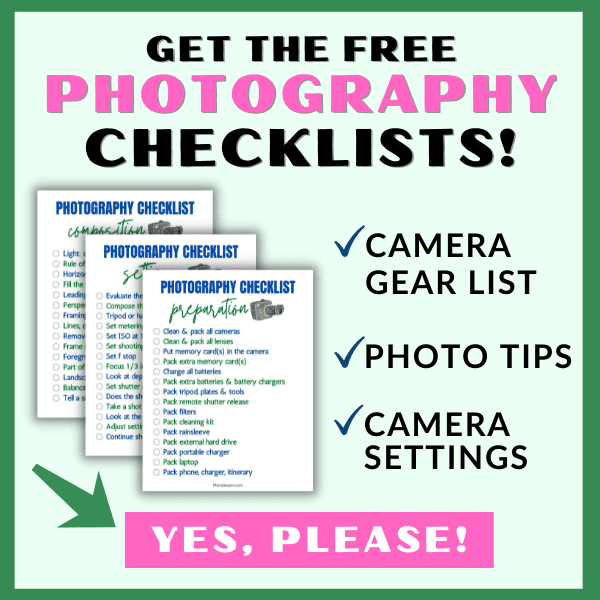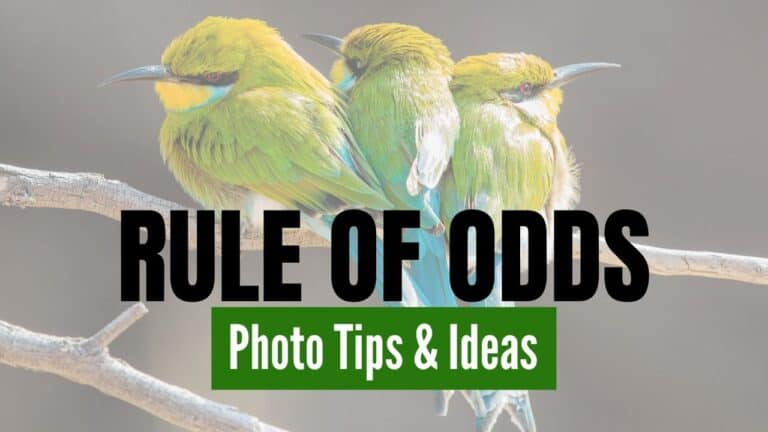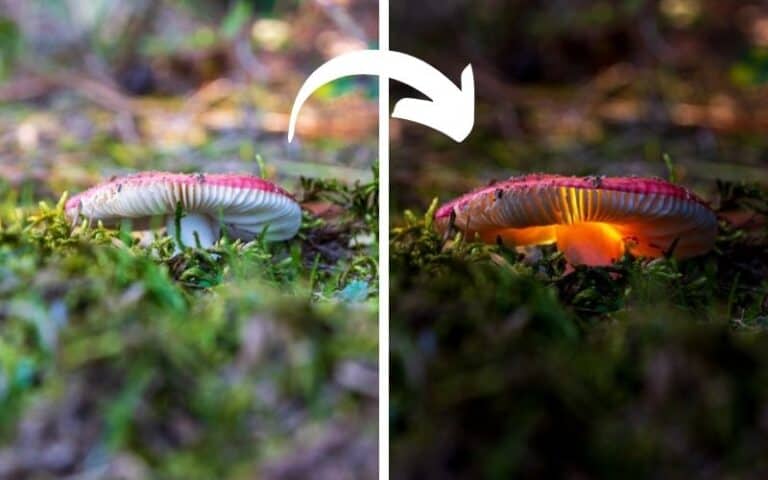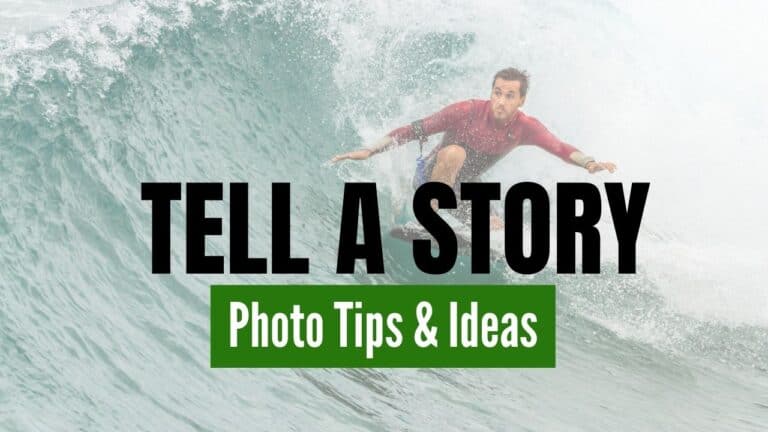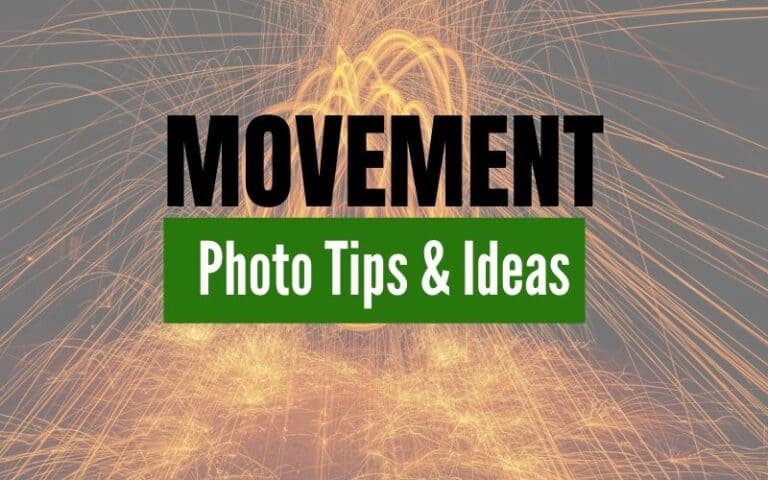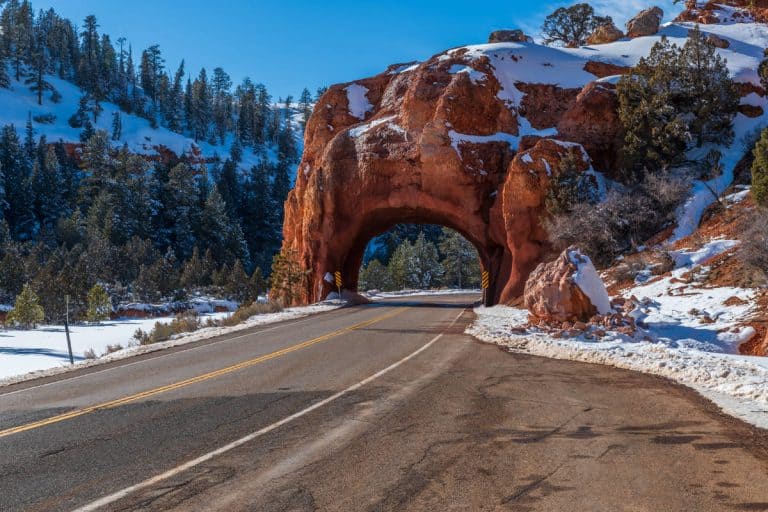Tips and Ideas for Photographing Wildlife and Pets
We LOVE taking pictures of wildlife and pets. There’s something about photographing animals in their natural environment that brings us joy.
When photographing wildlife and pets, be sure to use basic photography techniques to compose each photo to maximize interest for the viewer.
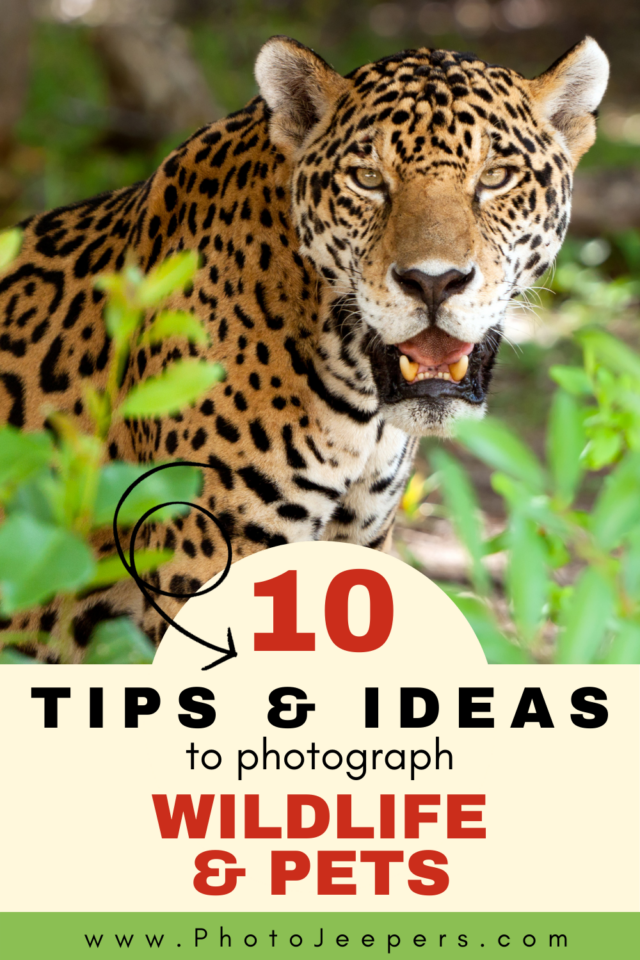
We’ll show you tips and techniques to use when capturing images of wildlife and pets.
Use the photo ideas below to inspire you to get out and capture your own animal images!
This site contains affiliate links which means WE may receive commissions for purchases made through these links. We only provide links to products we actually use and/or wholeheartedly recommend! As an Amazon Associate, we earn from qualifying purchases. Read the full Disclosure Policy.
Camera Gear for Landscape Photography
- Tripod: take a look at these compact and lightweight travel tripods!
- Camera Bag: protect your camera from sand and water → We use Lowepro camera backpacks for outdoor photography.
- Neutral density filter: to compensate for variance of light you’ll need to use a neutral density filter. → Check out the Kase magnetic filters we use!
- Camera cleaning kit: remove dust or water that WILL get on your lens. NOTE: this is not for cleaning the sensor.
- Memory cards: purchase name brand memory cards since you’re trusting your images to the card! → We use Lexar and Sandisk!
- External hard drive: copy photos to a portable external hard drive ‘just in case’.
- Headlamp: use when taking sunrise and sunset photos!
Photographing Wildlife & Pets: Photo Ideas
Take a look at the seasons photo ideas shared by members of our Facebook Group, Your Photography Journey.
WATCH the video as we discuss seasonal elements in each image.
Wildlife & Pet Photography Ideas
Take a look at these awesome wildlife and pet photos with tips and ideas.
Use them for inspiration to get out and take your own animal photos!
Eyes
The eyes are the windows to the soul of all creatures.
Focusing on the eyes is key in photographing pets and wildlife because they draw the viewer’s attention into the image.
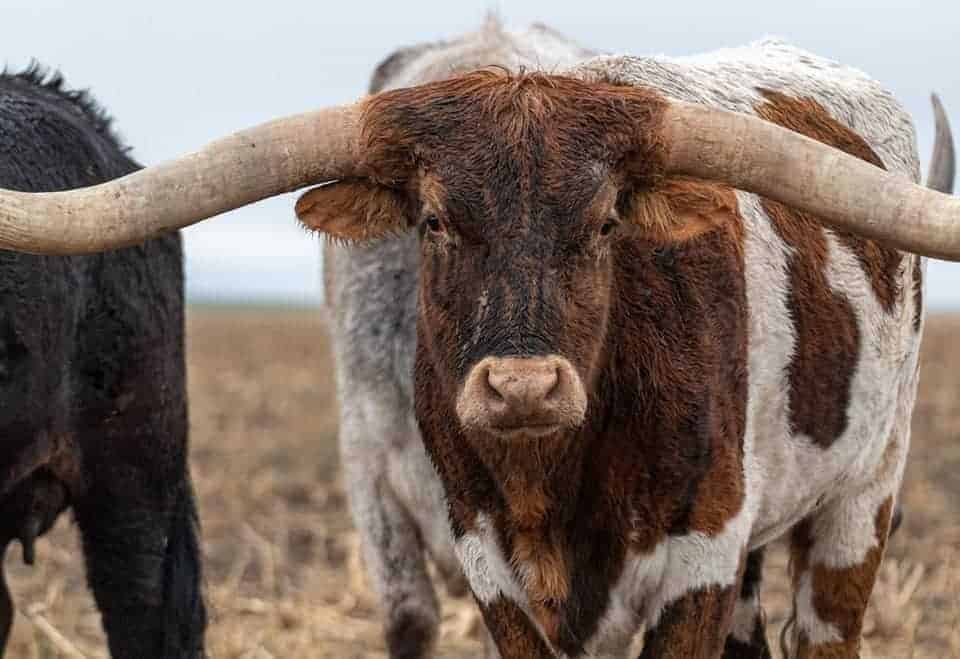
In this amazing photo of a Longhorn Bull by Mel Simpson, the eyes are staring straight at the the viewer and draws them right into the scene.
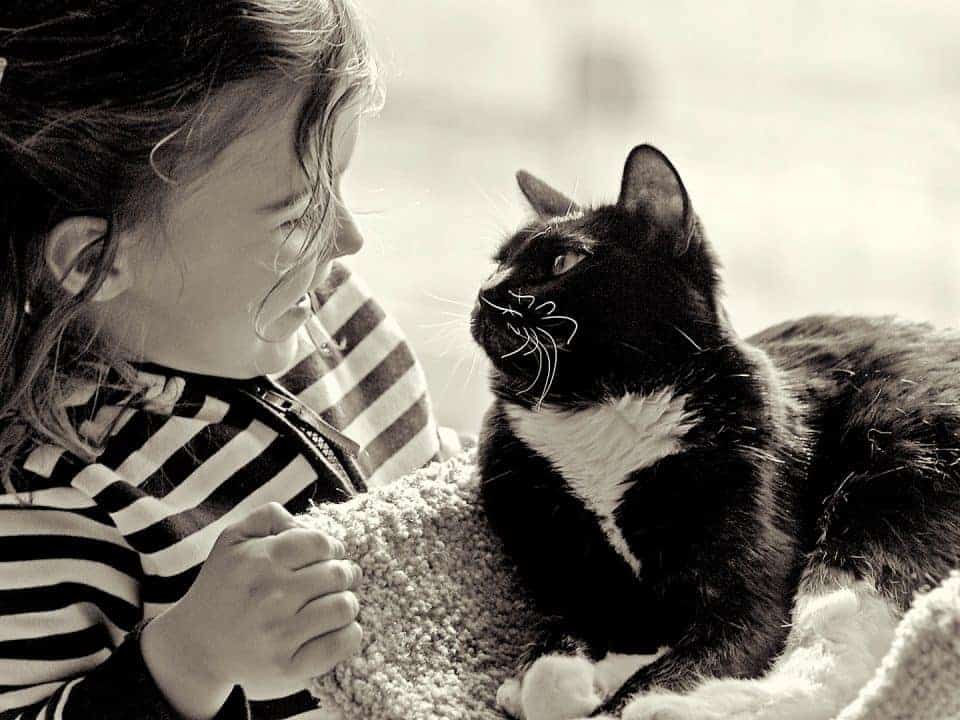
Jeff Hall captured of a tender moment between a child and her cat. The viewer is drawn to the cat’s eyes then follows the gaze toward the girl.
The eye to eye interaction is placed nicely within the frame utilizing the compositional principle of the rule of thirds.
Space
Images of pets and wildlife are most interesting when the focus, direction or motion of the subject are accounted for within the composition.
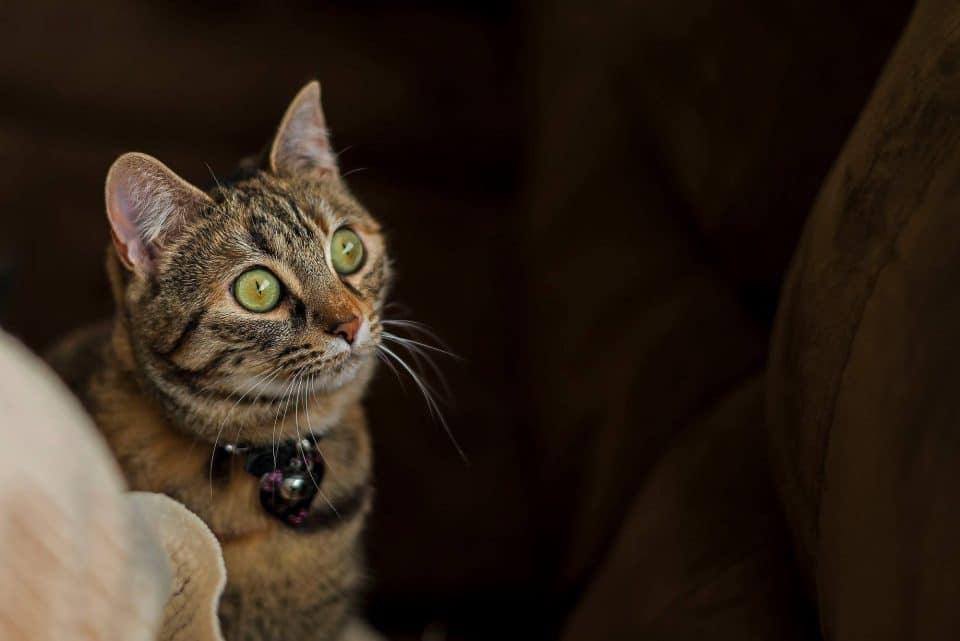
In this stunning photograph, captured by Stephen Nesbit, he has provided space within the frame of the image for the focus and imagination of the viewer to travel with the attention and direction of the cat’s eyes.
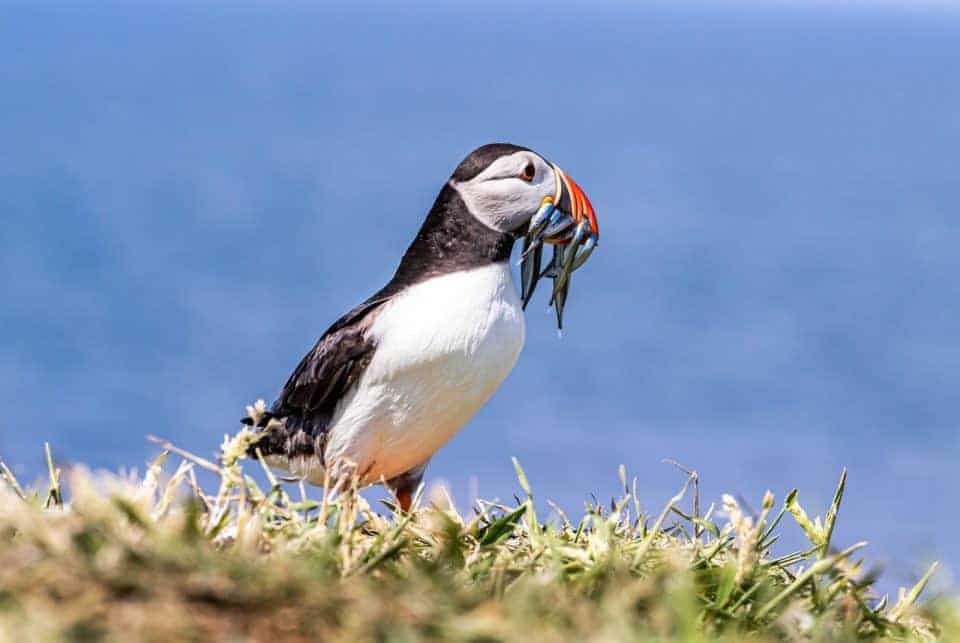
This fantastic shot by William Holmes displays a Puffin whose gaze and motion are directed to the background of the image.
Placing the Puffin in the center emphasizes the space within the frame that accommodates the focus and action of the Puffin.
He is moving away from the viewer and into the background, taking us with him.
Perspective
As human beings we are accustomed to observing our pets and much of the living world around us from the perspective of being above and looking down.
When we compose our captures from the perspective of the subject by getting down on its level, we create an image displaying a perspective outside our normal experience.
This catches the attention of the viewer and draws them into the photograph.
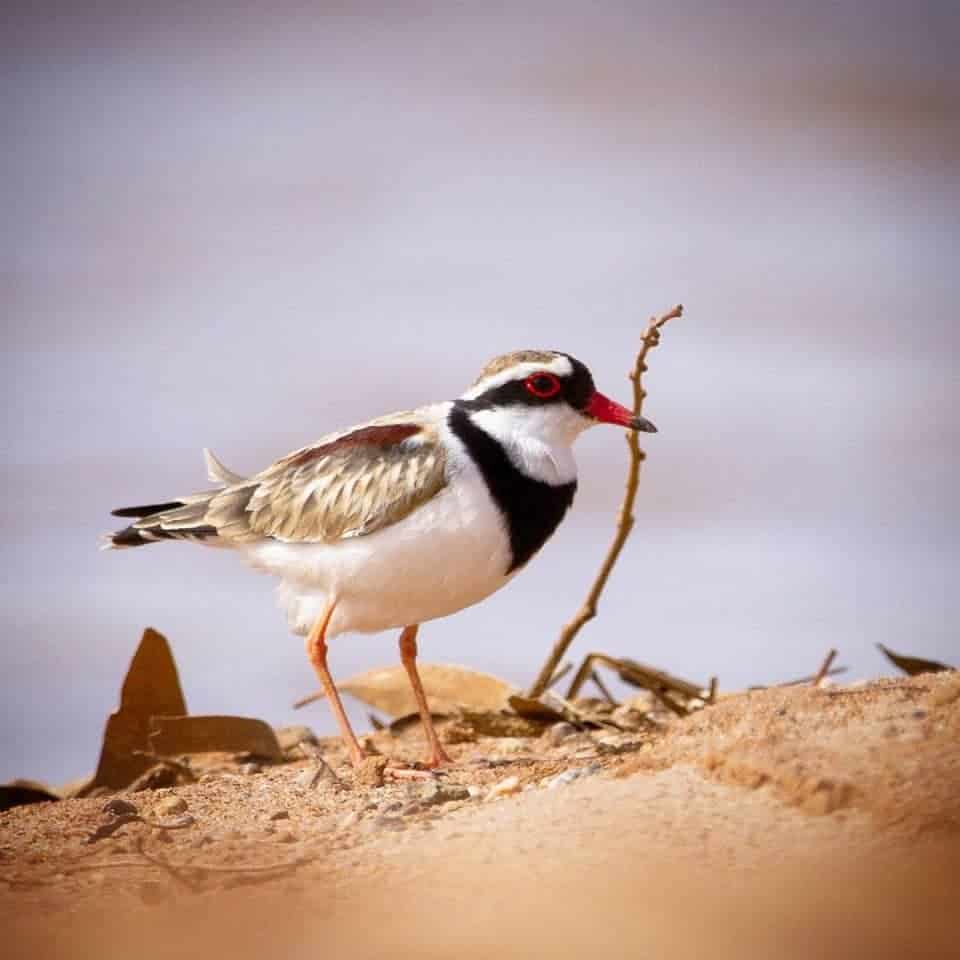
In the image above, Kimberly Cowey has connected us with the unique perspective of a small bird on the ground by getting low, and capturing this awesome image at eye level with the subject.
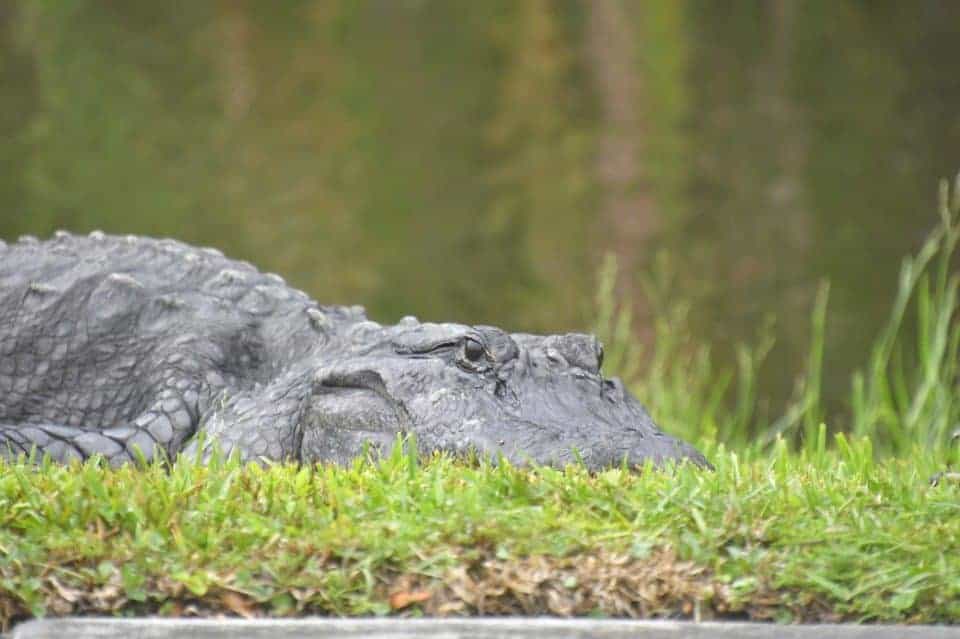
This incredible capture of the gator by Sharon Plyler is an immediate attention grabber!
She has composed the image at ground level, from the perspective of the subject.
This eye-level view definitely provides a unique experience for the person looking at the image.
Get Close
Tony Kendrick placed his camera very close to the subject and captured this engaging and dramatically composed photograph.
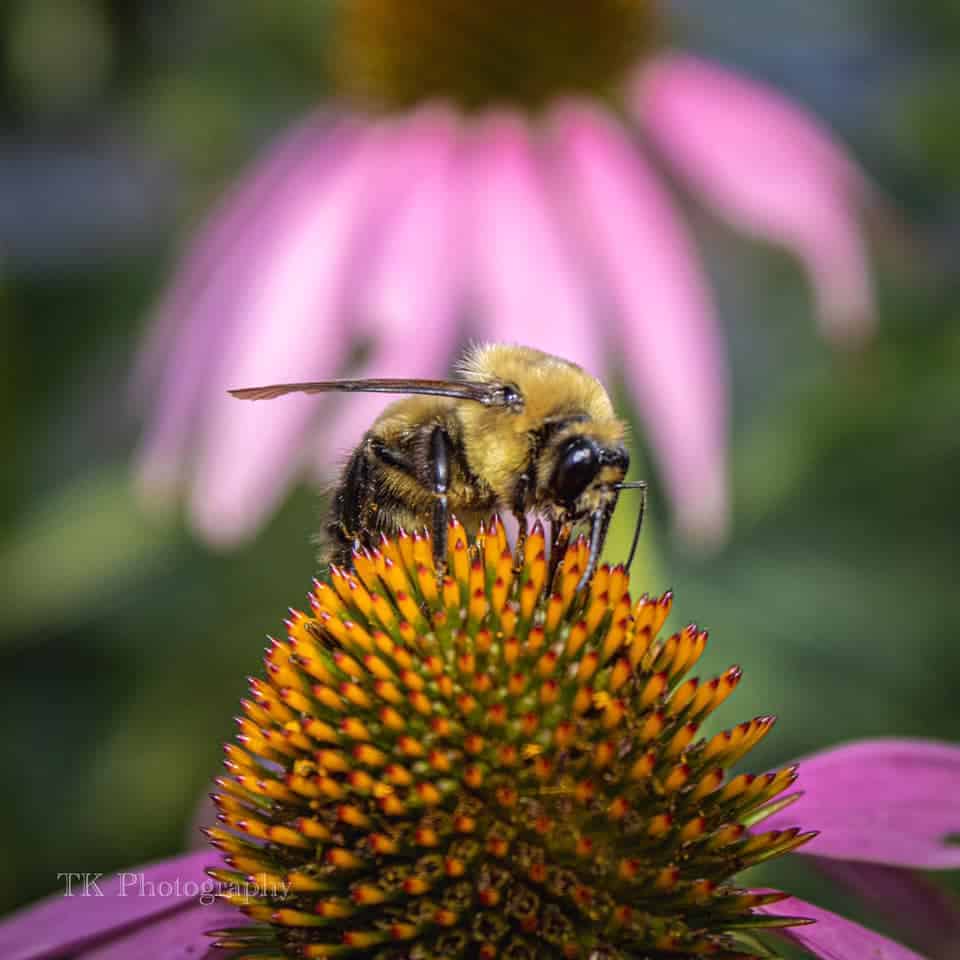
Getting up close to the subject and filling a large portion of the frame is a good method for creating a unique and interesting experience for viewers.
The depth of field is nicely established in this capture, bringing the subject into tack-sharp focus and blurring the background to mimic the 3-D nature of reality.
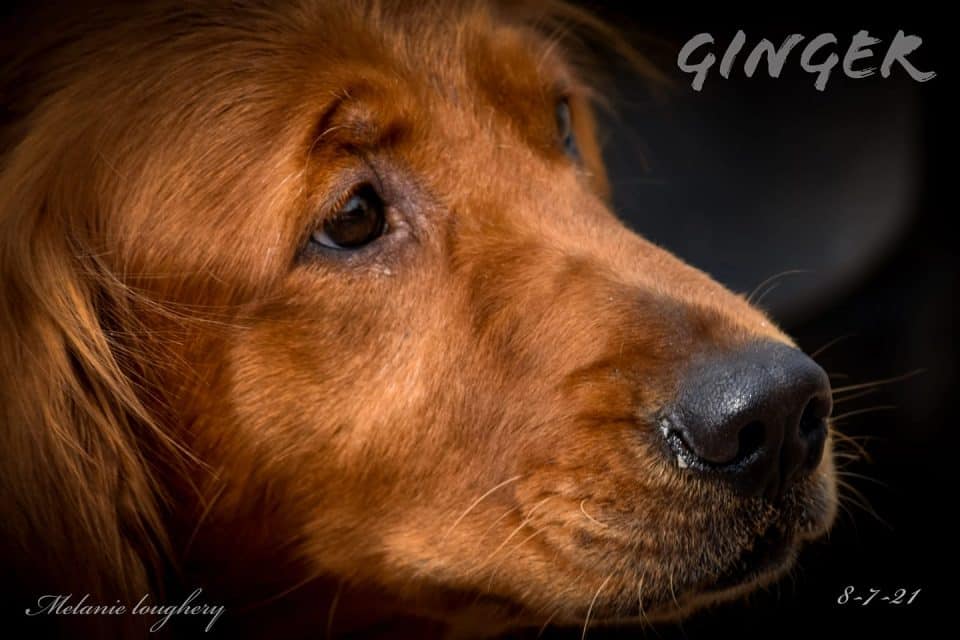
What an awesome shot by Melanie Loughery, capturing this tender image of her dog.
She got close to the subject so only the dog’s face filled the frame. Composing the photo this way provides immediate impact to the viewer.
The eyes and expression are brought to the forefront to highlight the emotion of this moment.
Movement
James Griffin has illustrated the energy and action of a small bird with this beautiful capture of initiating flight.
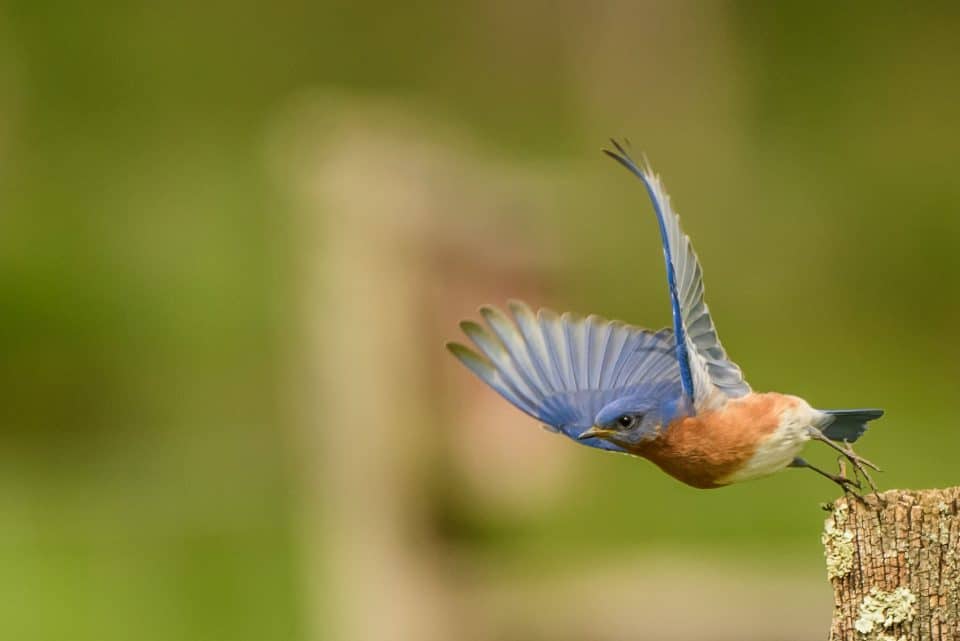
Living beings move, and that movement provides interest when it’s captured in a photo. Emphasize movement in a picture by freezing or blurring the dramatic aspects of motion.
James has also composed the image to allow space for the animal to move from right to left.
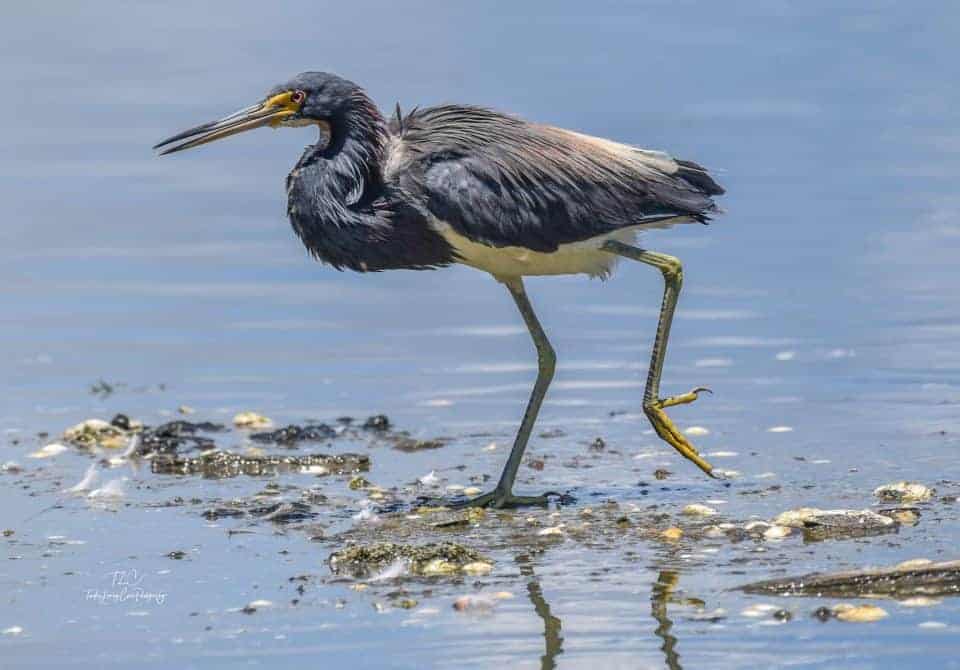
Terri Chabot has photographed a moment of time in this bird’s life.
The motion is frozen, and we can picture and anticipate the subject’s continued movement through its environment.
Using a low perspective and filling the frame draw the viewer right into the bird in mid-step.
Natural Setting
Zoos and wildlife sanctuaries can be a fun way to experience and photograph animals that we may never have an opportunity to observe in their natural environment.
Looking for perspectives and angles that allow us to mimic natural settings may yield some very impactful images.
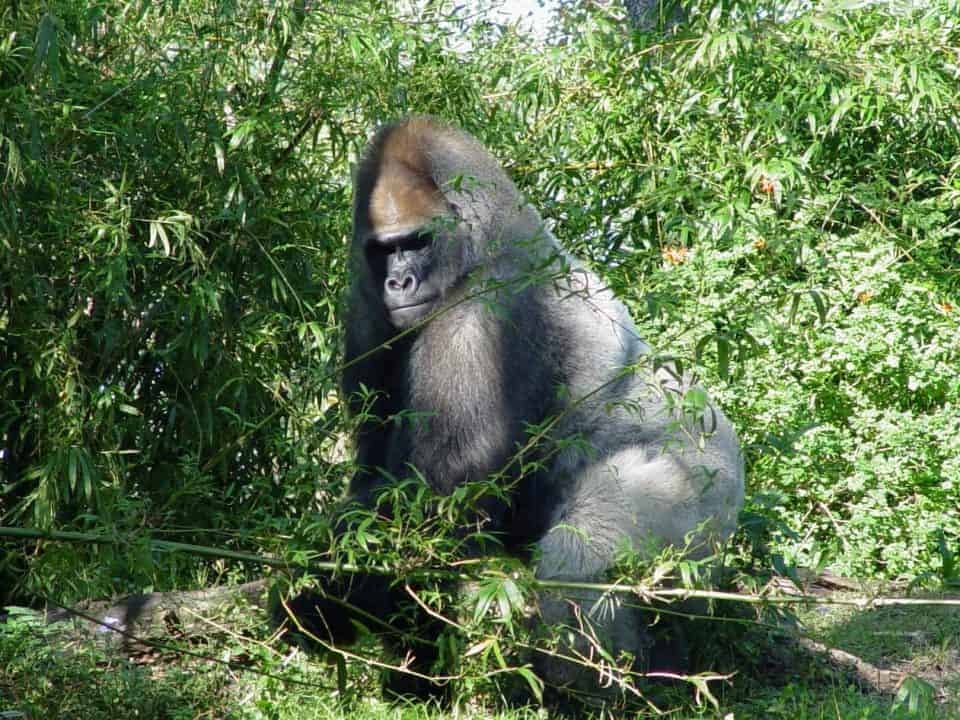
Paula Rios found a way to compose this very stunning image so that the subject appears to be in a natural environment.
Look for those opportunities to photograph the animal without walls or fences in the background.
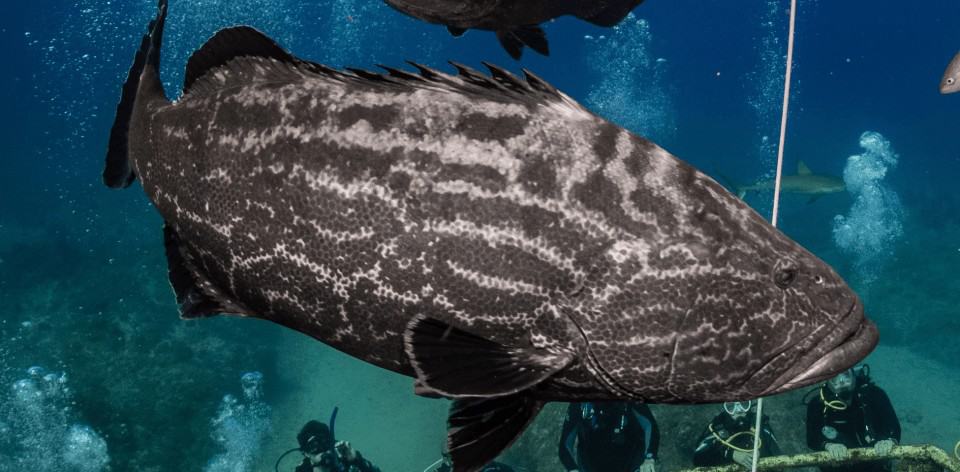
Capturing a mind blowing image of a wild creature in its natural setting is the pinnacle of wildlife photographic effort.
Images of this nature often portray experiences outside the reach of most people who enjoy photography, and thereby engender immediate viewer fascination.
Liz Gilman illustrates this concept perfectly in her one-of-a-kind picture from a dive in the ocean.
This composition incorporates a fill the frame technique that blends the two worlds of nature and man into a wonderful photographic experience.

